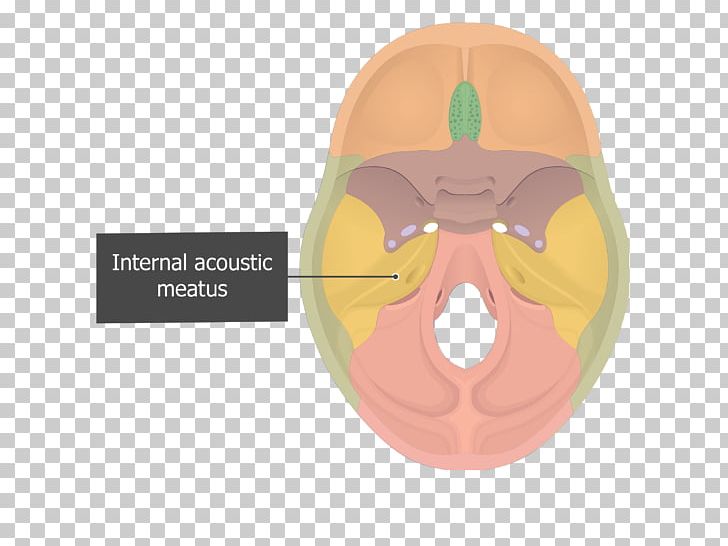

The entire procedure will be completed within 45 minutes to an hour.A microphone in the MRI machine allows you to talk to the technologist.You will be required to remain as still as possible to obtain the clearest images.The technologist will perform the examination from another room taking multiple pictures of the internal auditory canal and associated structures, each lasting several minutes.The scanning table will be moved into the magnet of the MRI machine.An IV line will be placed into your arm to inject contrast material if required.You may be offered earplugs to avoid being distracted by the noises made by the MRI machine or you can choose to listen to music through headphones during the procedure.A device containing coils that send and receive radio waves is placed around your head and ear region.Bolsters or straps may be used to help you remain still.You will be placed comfortably on a movable scanning table.The procedure for magnetic resonance imaging of the internal auditory canal involves the following basic steps: Procedure for Magnetic Resonance Imaging of the Internal Auditory Canal You can continue to take your regular medications unless otherwise specified.Follow the eating and drinking restrictions given by your doctor.Wear loose-fitting comfortable clothing that does not contain any metal fasteners, or you may be asked to wear a hospital gown. Inform your doctor regarding any health conditions, previous surgeries, implants or metal placed within your body, the likelihood of pregnancy, and allergies.Preparation for MRI of the Internal Auditory Canal Lipoma (noncancerous fatty tissue tumor).Meningioma (tumor that arises from the brain membrane).Abnormal structural changes such as narrowing or stenosis.

Magnetic resonance imaging of the internal auditory canal may be ordered by your doctor if you have hearing or balance problems which may be due to a possible disorder of the internal auditory canal such as: Uses of MRI of the Internal Auditory Canal The MRI scanner captures the energy variation and creates detailed images based on this information.

As the hydrogen atoms return to their normal position, they emit varying amounts of energy depending on the type of tissue they are in. MRI scanning involves the use of radio waves that temporarily realigns hydrogen atoms in the body without causing any chemical changes. Magnetic resonance imaging (MRI) of the internal auditory canal (IAC) is a non-invasive, painless diagnostic imaging procedure that uses using radio waves and a strong magnetic field to create detailed images of the bony canal that transmits nerves and blood vessels from the base of the brain to the inner ear. Home » Services » MRI (Magnetic Resonance Imaging) » Magnetic Resonance Imaging (MRI) of the Internal Auditory Canal (IAC) Magnetic Resonance Imaging (MRI) of the Internal Auditory Canal (IAC) What is Magnetic Resonance Imaging (MRI) of the Internal Auditory Canal (IAC)?


 0 kommentar(er)
0 kommentar(er)
